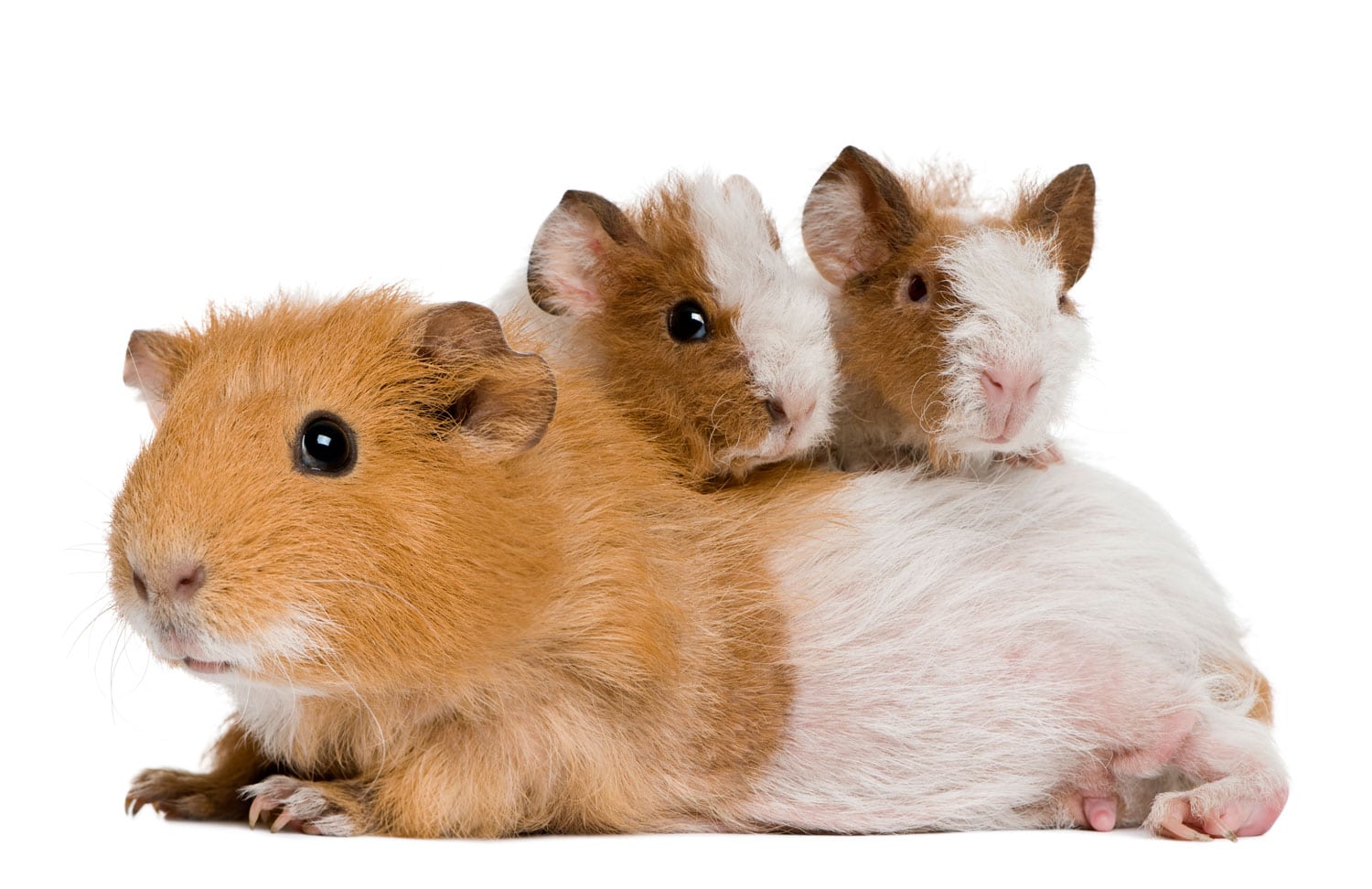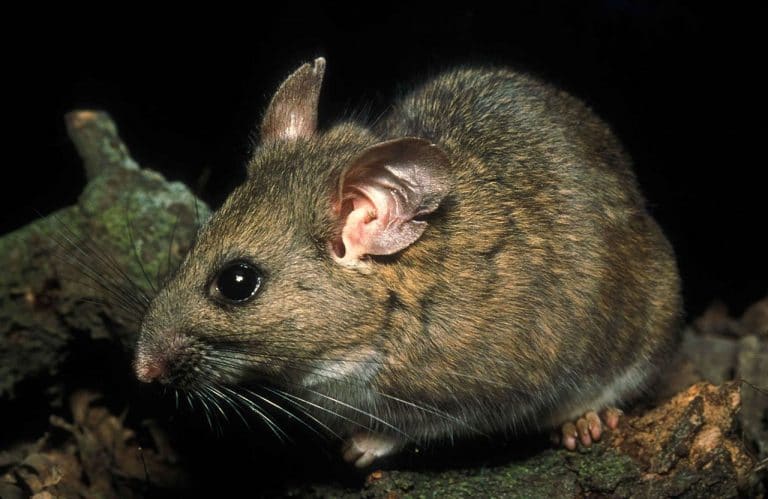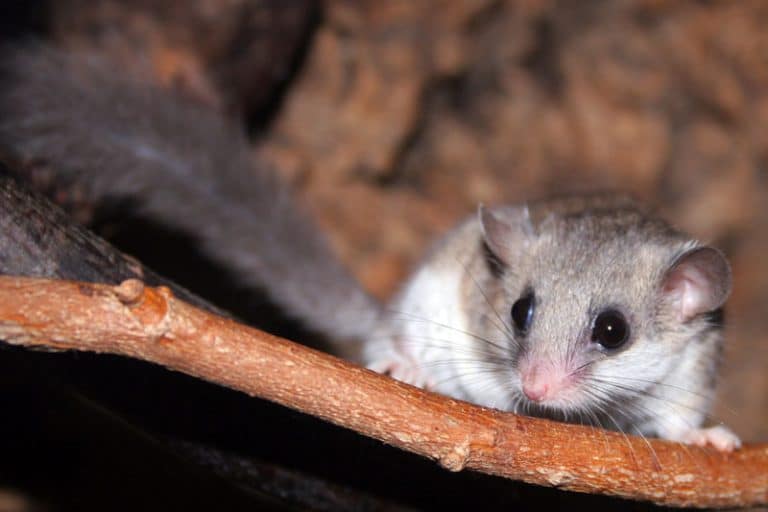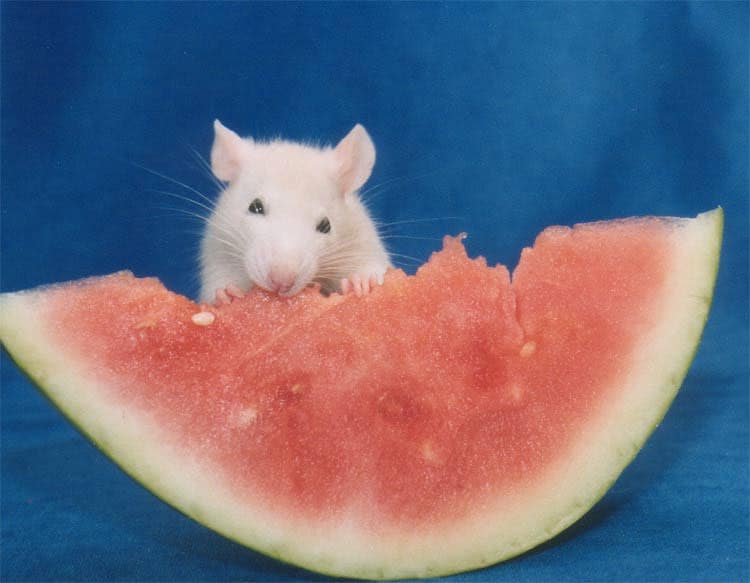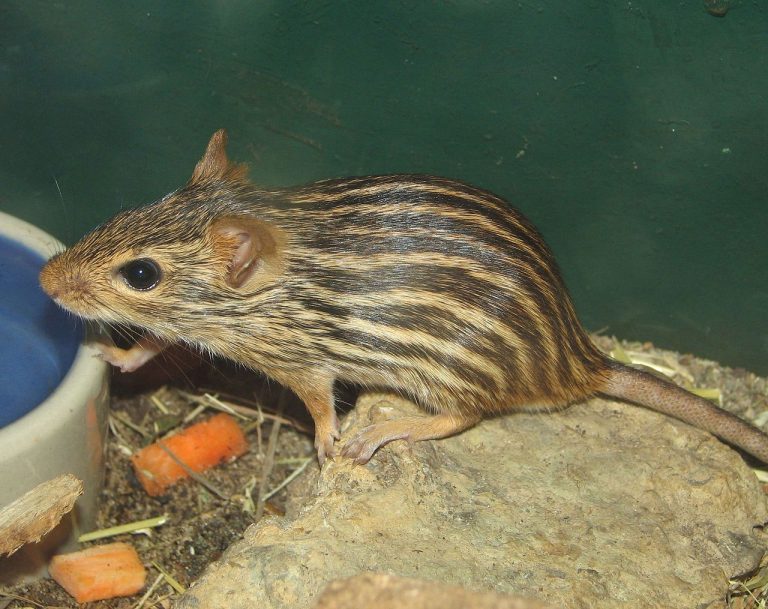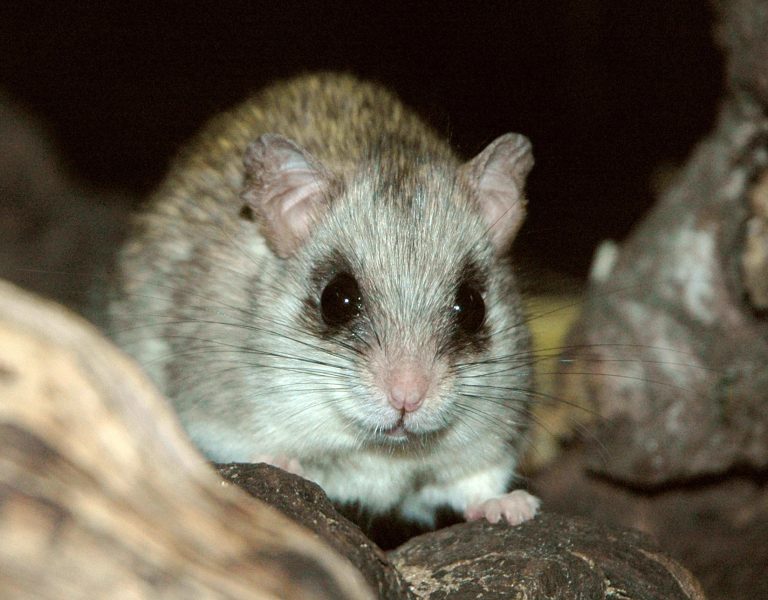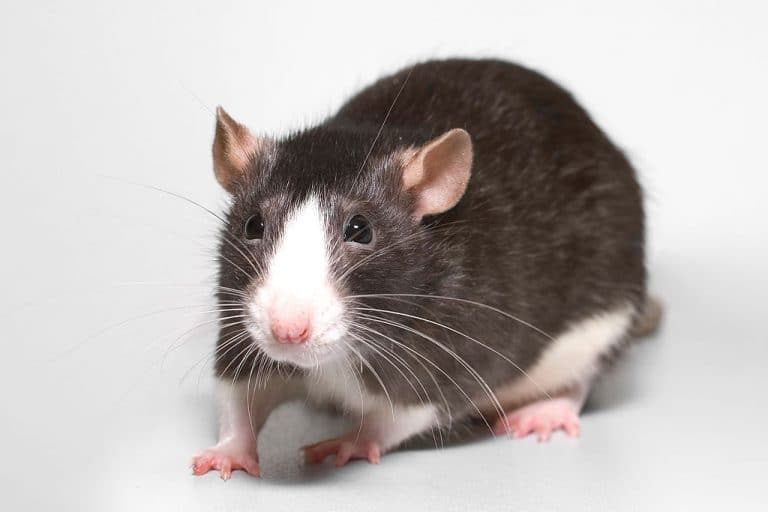Guinea Pigs as Pets
Scientific Classification
| Kingdom: | Animalia |
| Phylum: | Chordata |
| Class: | Mammalia |
| Order: | Rodentia |
| Suborder: | Hystricomorpha |
| Family: | Caviidae |
| Subfamily: | Caviinae |
| Genus: | Cavia |
| Species: | C. porcellus |
| Binomial name: | Cavia porcellus |
The guinea pig (Cavia porcellus), otherwise known as cavy, is a variation of a typical rodent of the Cavidae family of Cavia genes. Regardless of their usual name, they do not belong to either the guinea group or the family of pigs.
Anatomy
Rodents are small, whereas Guinea pigs are big, weighing 700 to 1200 g (1.5-2.5 pounds), they are 20 to 25 cm (8 to 10 inches) long and have a lifespan of 4 to 5 years, even 8 years.
Behavior
Guinea pigs remember tracks leading to food and retain the memory for months. Motion is their greatest problem. Guinea pigs leap over small barriers, but cannot climb heights and are not so lively. They frighten quickly and confine themselves to a corner or escape for protection by dashing out when they sense danger. When they are in large groups they succumb to “stampede” when they run in random directions, thus confusing their predators. When excited, guinea pigs hop in the air in a continuous way (called “pop coming”), a movement which is similar to the ferret’s war dance. Besides, they are good at swimming.
Habitat
They hail from the Andes, Previous information about their hybridization and biochemistry suggest that they are the successors of tamed varieties of the Cavy, that do not exist in the wild. Probably they are successors of close associates of Cavies, like the cavia fulgida, cavia aperea and cavia tschudii that exist even now in different regions of South America.
As a Pet
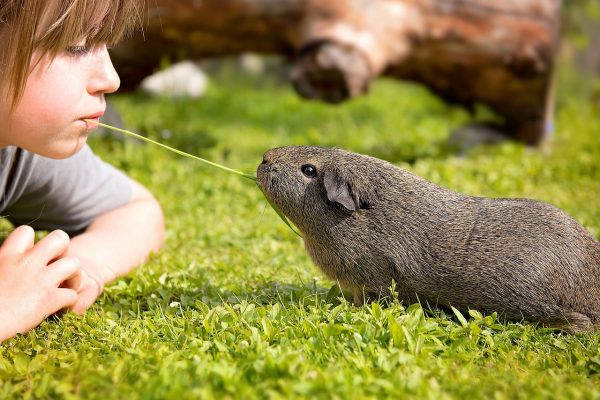
Breeding
Guinea pigs reproduce all through the year. Their peak time for reproducing is in spring with multiple litters. Their conception time is 59 to 72 days or 63 to 68 days on an average. On accord of the long gestation period and bigger size of the pups, the pregnant females take the shape of eggplant, even though their shape and size varies. Different from the young ones of many rodents that seem helpless when born, just born pups here seem fully grown with teeth, partial eyesight, claws and hair. Immediately after birth, they begin to move and start eating solid food, but at the same time they continue to suckle. In a litter guinea pigs yield one to six pups, with three as an average, Seventeen is the biggest known litter size.
Housing
You normally rear domesticated guinea pigs in cages even though a few large breeders of guinea pigs keep a separate room for their pets. The floor of the cage is normally wire meshed or solid, but wire meshed floor hurts them and infect them with them with a disease called bumble foot (ulcerative pododermatitis) or “Cubes and Corolplast” (or C&C). Patterned cages are in vogue. Usually you can use wood shavings or other materials for lining the cages. In the earlier days they used soft woods, red cedar (western or eastern) and pine for making bedding for the guineas, but now we believe that these materials have oil content and harmful phenols (aromatic hydrocarbons).
Food
Guinea pigs are normally poor eaters, however, it is essential to give them a balanced diet of fresh vegetables, hay and pellets. Give the guinea pigs fresh vegetables daily equal to almost one cup on an average per day per guinea. Leafy greens such as spinach, romaine, parsley, lettuce or kale constitute the main diet of your pigs. Supplement them with sweet potatoes, zucchini and carrots one or two times a week.

Having discovered a fondness for insects while pursuing her degree in Biology, Randi Jones was quite bugged to know that people usually dismissed these little creatures as “creepy-crawlies”.

